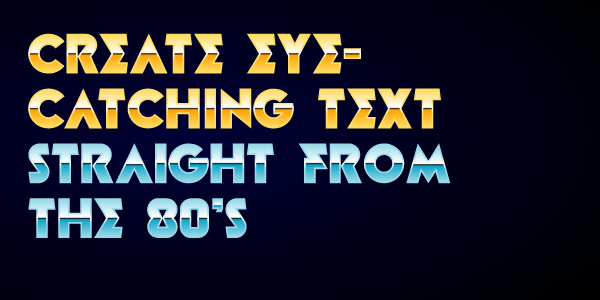

Rather than achieving symmetry, Kibbe's focus is on achieving harmony. By recreating your natural, unique Yin/Yang balance in your clothing, your clothes will look very natural on you. Kibbe rejects these theories because he believes they lead to everyone looking the same. Instead, he encourages seeking true balance by embracing and emphasising one's natural appearance. Additionally, Kibbe suggests taking a holistic approach to appearance instead of following random fashion trends. Their focus is on achieving balance and symmetry.

How The Kibbe Body Types Compare To Other Body Type Theoriesįor David Kibbe, traditional style theories don’t go far enough and are, in his view, extremely limiting. On the internet, Kibbe's archetype system has (incorrectly) become known as the Kibbe body type system, which is why I will use archetype and body type interchangeably in this article. These are comprehensive style guides based on a person's overall appearance and have very little to do with traditional body types (apple, pear etc). In Kibbe's book, the body types are referred to as archetypes or image identity types. Note: The Kibbe body types are not 'body types' per se. The aim is to achieve a complete, harmonious look. Each Kibbe body type comes with guidelines covering all elements of personal appearance, including clothing, hair and makeup. Where on the spectrum a person lands depends on their physical characteristics (and personality essence) and will determine their Kibbe body type (or Kibbe image identity type). There are 13 different body types, each falling somewhere along two axes: yin/yang and contrast/blended.

The Kibbe body types are a total image system based largely on a person's balance of yin and yang (feminine and masculine energy). His contact details can be found on his Facebook site. You also have the option of being personally styled by David Kibbe in his NYC studio. Asking prices reach into the hundreds of dollars. If you want a copy of the book - which is out of print - you will need to dig deep into your pockets. In this book, Kibbe introduced a style type theory known today as the Kibbe archetype system.
#80s typeface tutorial professional#
In 1987, David Kibbe, an image professional based in New York City, published a book called Metamorphosis, A Personal Image And Style Book For Women. After the matte animation is complete, place that composition above the sun layer, and set the sun layer Track Matte to Luma Matte. After we’ve created one of our line animations, loop it using an expression. Essentially, we have a white background with black lines that loop. It requires us to make a matte animation in a new composition. Creating the looping animated lines is a bit more complicated. So, to give the stars more of a three-dimensional or spherical look, apply the Optics Compensation effect, then check Reverse Lens Distortion and set the Field of View to around 95.Ĭreating the sun is as simple as masking out a sphere and applying the Gradient Ramp effect.

However, the issue we now face is that the star background looks very two-dimensional. Looping the star background can also be done using the Offset effect. But, by using the Fractal Noise effect with some high contrast, we can get something that looks quite similar to a night sky. And, a looping animated one, even more so. Loop your star background for a more three-dimensional feel.Ĭreating a starry background in After Effects can be tricky.


 0 kommentar(er)
0 kommentar(er)
